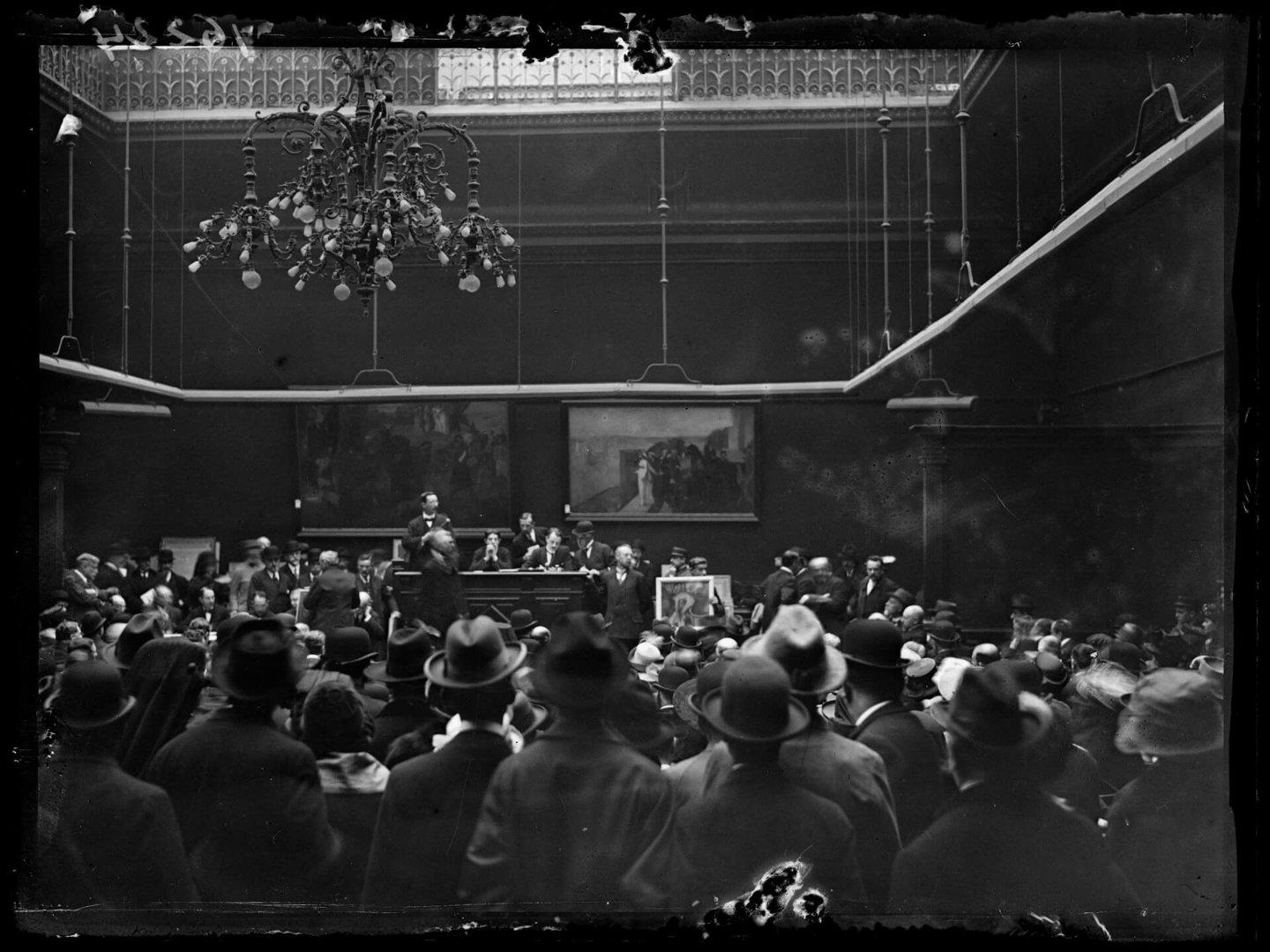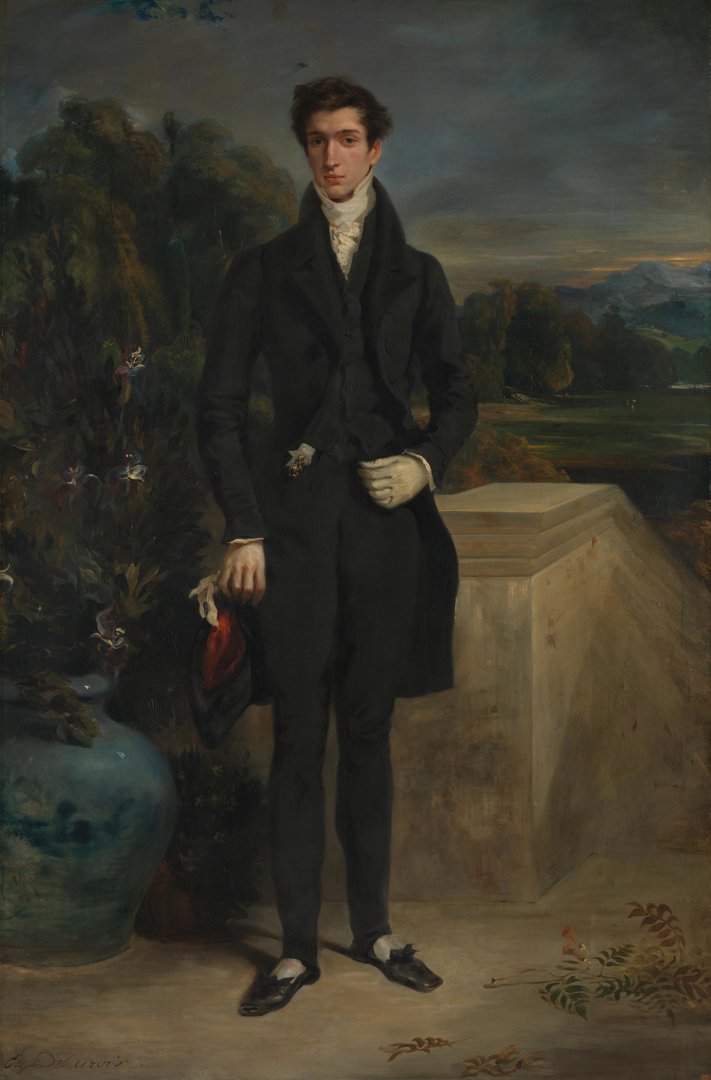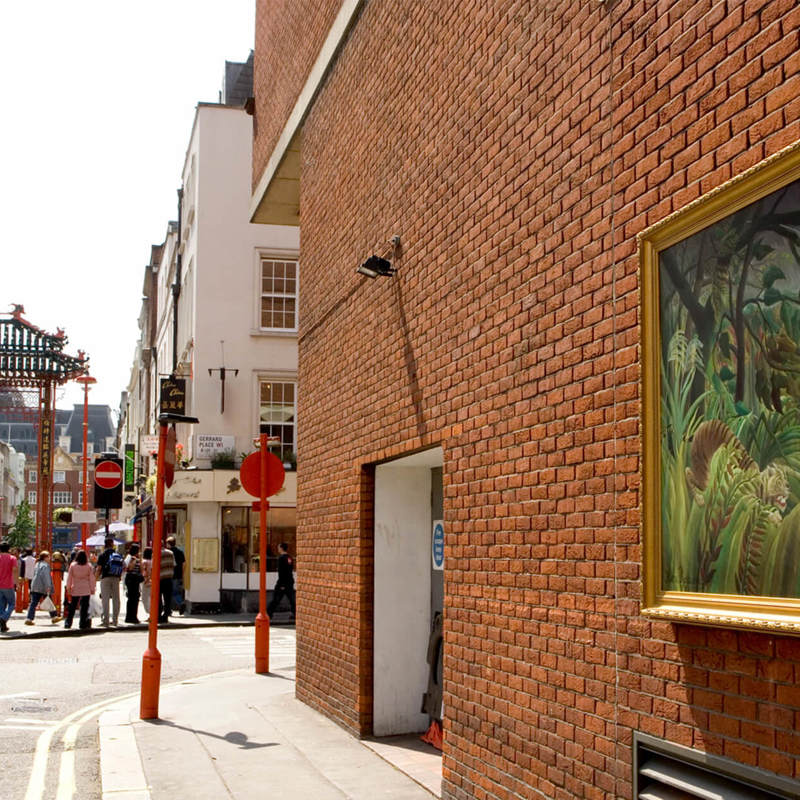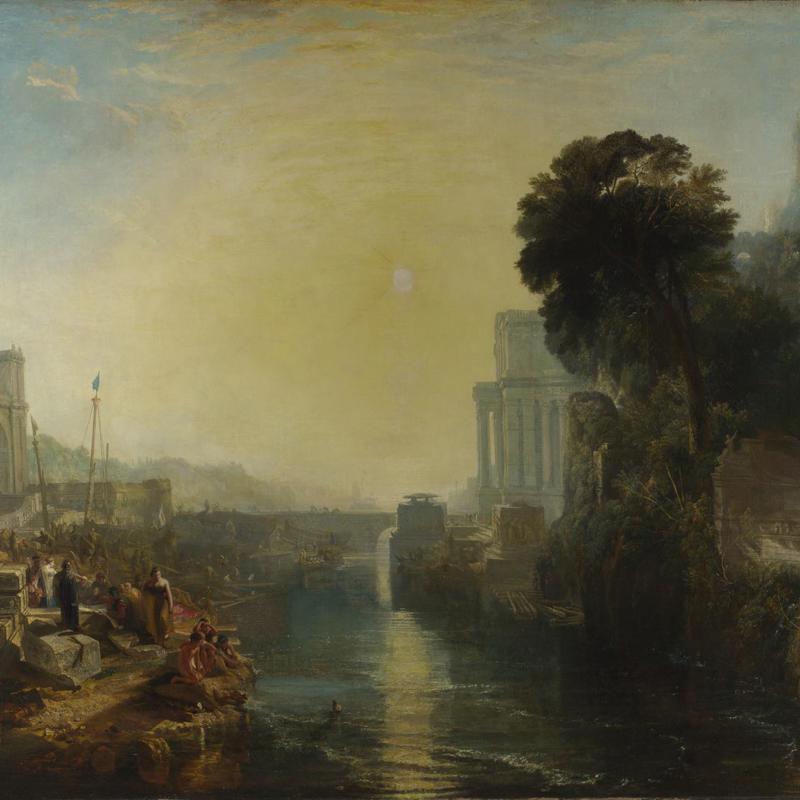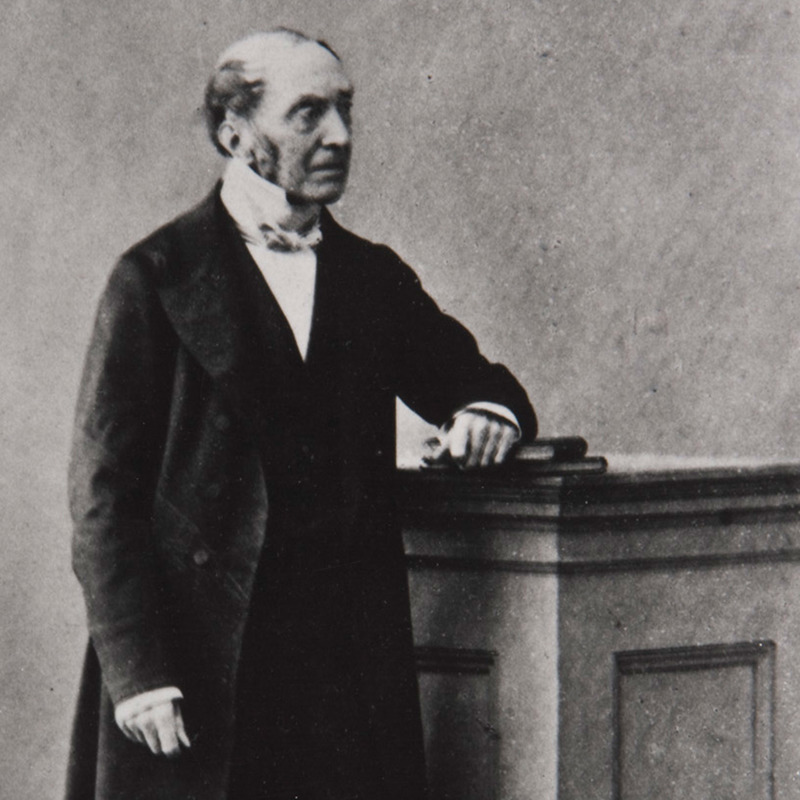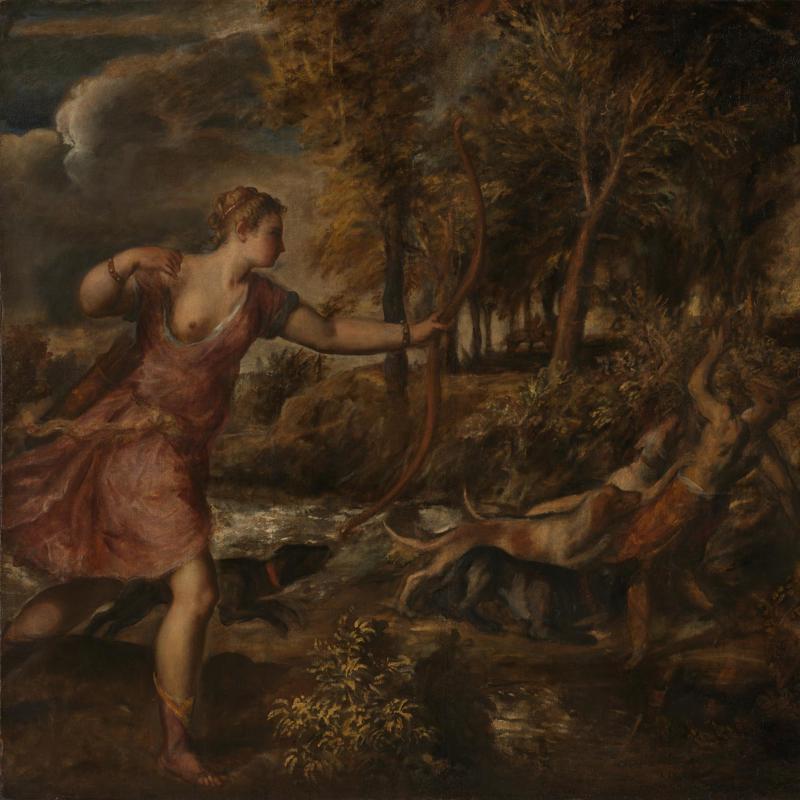An undercover mission
Director Sir Charles Holmes’s secret journey to buy works from Edgar Degas’s collection
As the Director of the National Gallery, shaving off his moustache was not part of Sir Charles Holmes’s job description. But when he needed to be unrecognisable for an undercover mission during the First World War, that is exactly what he did.
Edgar Degas is one of the most famous Impressionist painters. He was also an avid art collector. His impressive collection contained more than 5,000 works of art. This included works by fellow French painters Eugène Delacroix, Edouard Manet, Paul Cezanne and Paul Gauguin.
In 1918, the year after he died, Degas’s private collection came up for sale. Holmes was keen to buy certain paintings from the sale for the National Gallery Collection. One issue: it was being held in Paris and he was in London. Four years into the war, it was a risky time to travel overseas for an auction. But this wasn’t just any auction.
Bidding undercover
Holmes made the bold decision to take a trip to Paris to bid on some of the famous paintings. One ferry and a train later, he arrived in the French capital. But this journey wasn't for the faint-hearted. Holmes later wrote that a bomb fell quite close to the train he was travelling in.
The Director also shaved off his moustache and wore glasses to avoid being recognised. If it were known that a representative of the Gallery was there, prices might have been inflated. The National Gallery had a special wartime grant of £20,000 (about £1.4 million today) to spend on paintings. With this, Holmes managed to buy several of the works on his wish list.
Overall, it was a successful trip for the National Gallery. In total, Holmes purchased eight drawings and 13 paintings. This included famous works such as A Vase of Flowers by Paul Gauguin and Louis-Auguste Schwiter by Eugène Delacroix.
The next challenge was transporting them all back to London. Two large pictures had to be taken out of their frames and bundled together. Holmes got these home by placing them in a personal luggage case. The excess weight charge was worth every penny for these impressive paintings.
Holmes was the driving force behind this mission, but he had many helpers along the way. When the Director arrived back in London by train, he asked the staff at Charing Cross station to assist him. Using a cart and lanterns to light the way, they safely brought the paintings home to the National Gallery, across Trafalgar Square.
Thanks to Holmes, you can still enjoy these paintings at the Gallery today. His purchases form part of the French 19th-century collection at the National Gallery. Many of the paintings Holmes acquired while working as Director – including the famous 'Sunflowers' by Van Gogh – can also be explored online.

